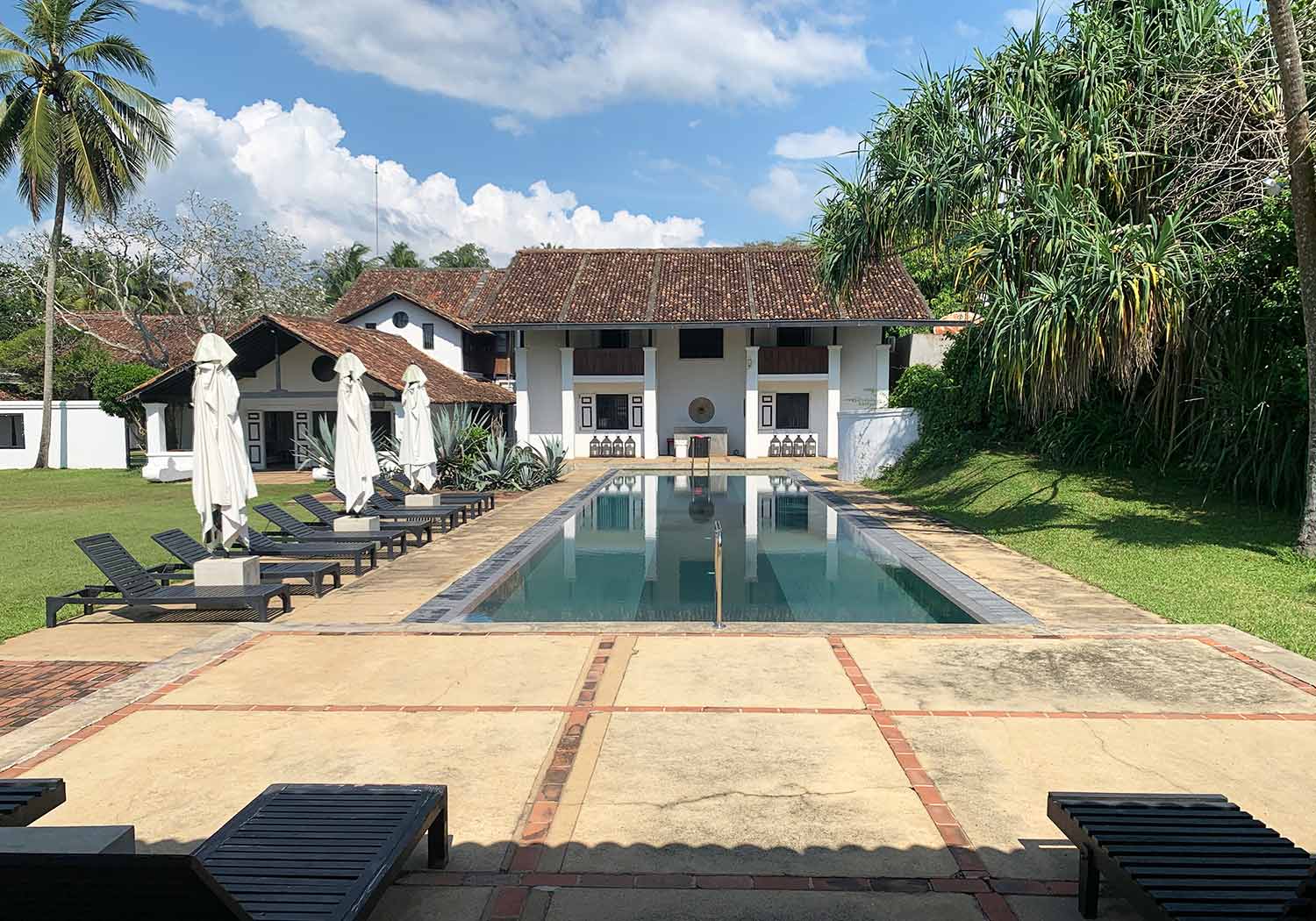Epoxy resin is a versatile and widely used material in various industries, from construction and automotive to arts and crafts. One of the common questions people have when working with epoxy is, “How long does it take to air dry?” Understanding the drying time of Epoxy Take to Air Dry is crucial for achieving optimal results and ensuring that the final product is durable and well-finished. In this article, we’ll explore the factors that affect the drying time of epoxy and provide a general timeline for different types of epoxy applications.
Factors Affecting Epoxy Drying Time
The drying time of epoxy can vary depending on several factors:
- Type of Epoxy: Different epoxy formulations have different drying times. For example, some epoxy resins are designed for rapid curing, while others are formulated for slower curing to allow for more working time.
- Temperature: Temperature plays a significant role in the drying process. Epoxy typically cures faster at higher temperatures and slower at lower temperatures. The ideal temperature range for most epoxy resins is between 65°F and 75°F (18°C to 24°C).
- Humidity: Humidity levels can also affect the drying time of epoxy. High humidity can sometimes slow down the curing process, while very low humidity might speed it up. However, extreme conditions on either end of the spectrum can negatively impact the epoxy’s performance and appearance.
- Epoxy Thickness: The thickness of the epoxy layer being applied can impact drying time. Thicker layers generally take longer to cure completely compared to thinner applications.
- Airflow: Good ventilation and airflow can help epoxy cure faster by allowing solvents and other volatiles to evaporate more quickly. Poor ventilation can extend the curing time and may also lead to an uneven finish.
General Drying and Curing Times
- Initial Drying: Most epoxy resins will feel dry to the touch within a few hours. This initial drying stage means that the surface is no longer tacky, but the epoxy is not yet fully cured. The typical initial drying time ranges from 4 to 6 hours, though this can vary based on the factors mentioned above.
- Recoat Time: If you plan to apply additional layers of epoxy, it’s important to wait until the previous coat has reached the recoat time. This is usually between 6 to 12 hours, but always check the manufacturer’s recommendations for specific products.
- Full Cure: While epoxy may appear dry within hours, it often requires a longer period to reach its full strength and durability. Most epoxy resins need 24 to 48 hours to fully cure. During this time, the epoxy will reach its maximum hardness and chemical resistance. For thicker applications or in cooler conditions, curing might take up to 72 hours.
- Post-Curing: Some applications, especially those in industrial settings, may require post-curing. This process involves heating the epoxy after it has dried to enhance its properties. Post-curing can significantly improve the strength and thermal stability of the epoxy, but it is not necessary for most DIY projects.
Tips for Optimal Epoxy Drying
- Follow Manufacturer Instructions: Always refer to the specific drying and curing times recommended by the epoxy manufacturer. Different formulations have unique requirements.
- Ensure Proper Ventilation: Work in a well-ventilated area to facilitate faster drying and reduce the risk of fumes.
- Control the Environment: Try to maintain an optimal temperature and humidity level for the epoxy you are using to ensure proper curing.
- Avoid Thick Layers: Applying epoxy in thin layers can help achieve a quicker and more even cure.
Understanding the drying and curing times of epoxy is essential for ensuring a successful application. By considering the factors that affect drying time and following best practices, you can achieve a durable and high-quality finish for your projects.









